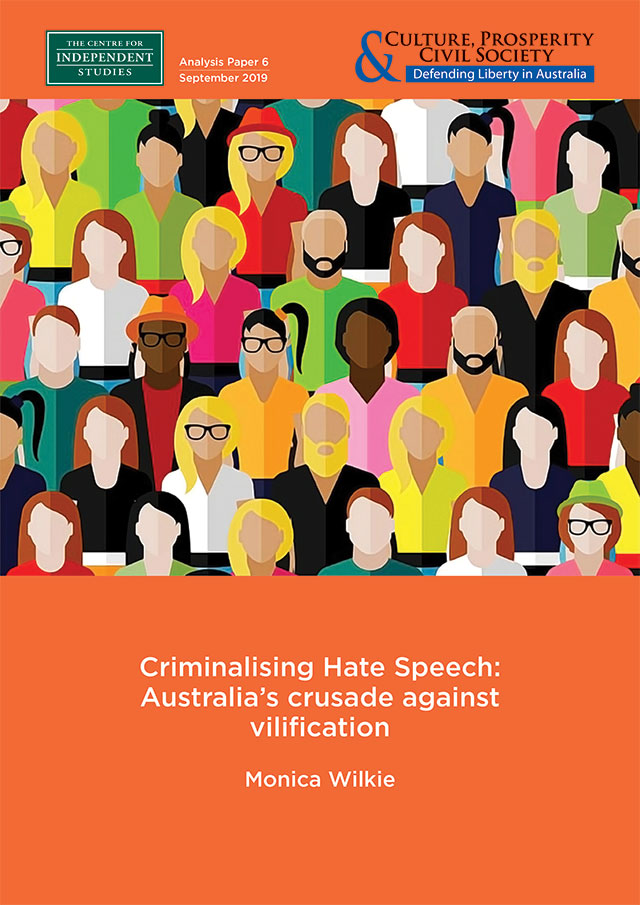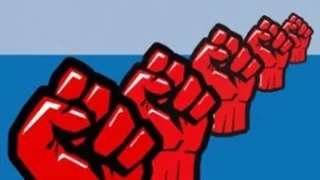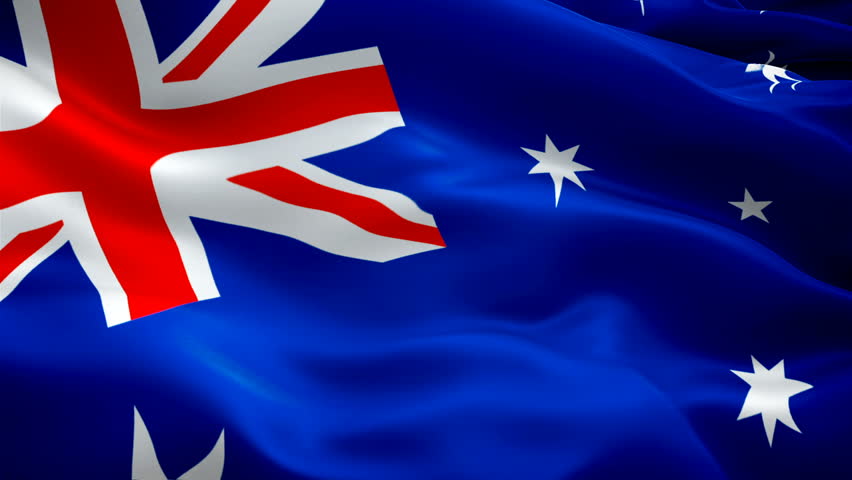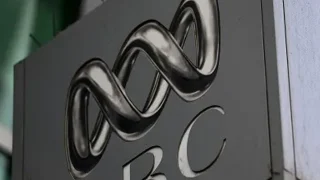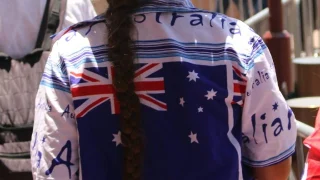
In Australia, there are a range of criminal and civil vilification laws that exist to provide recourse for victims of vilification. However, most states and territories are currently reviewing their vilification laws as there is the belief they inadequately protect minorities.
In the wake of a reported rise in racial and sectarian violence, many argue vilification laws need to be expanded to prevent violence. These claims are misguided and will result in unacceptable speech restrictions.
To protect minorities and free speech, criminal vilification laws need to set an appropriately high threshold of incitement or threats of violence. Any amendments to vilification laws should be done at the state and territory level and should adopt the model established in, the Crimes Amendment (Publicly Threatening and Inciting Violence) Bill 2018, that NSW introduced.
This paper also examines the history of how Australia’s vilification laws were formed focusing on both domestic and international changes towards laws restricting speech.
